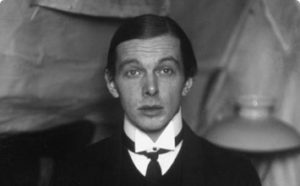
1880 - 1938
Ernst Kirchner
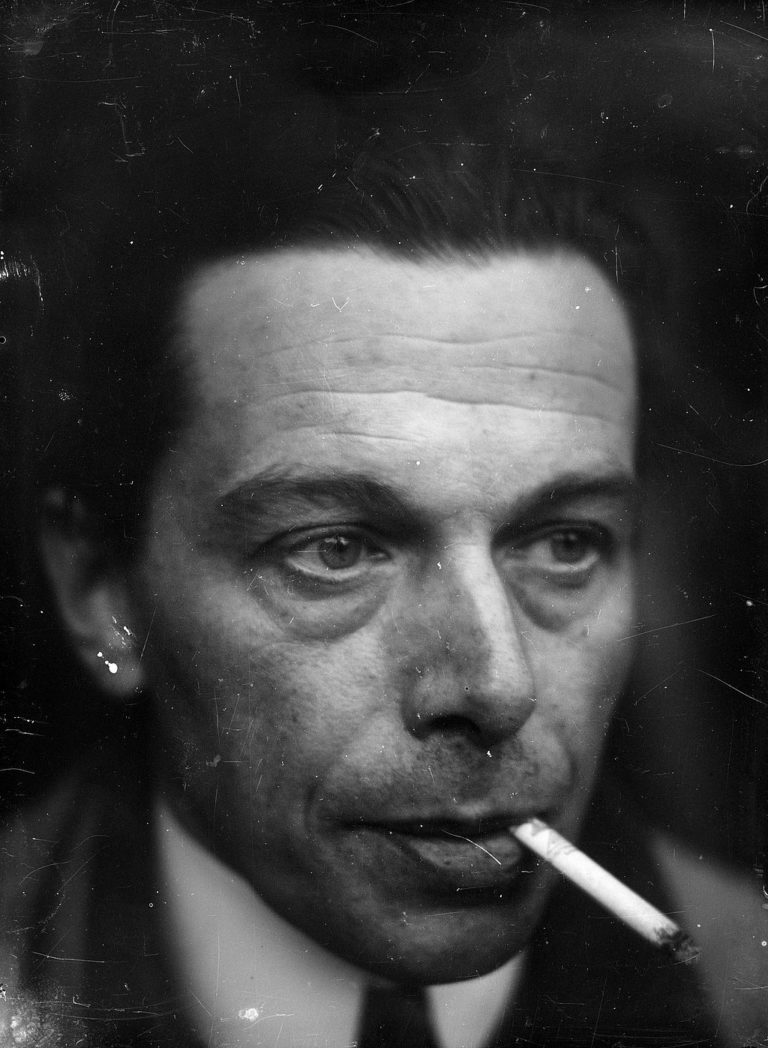
description
A German painter, graphic artist and sculptor, a representative and theorist of the first in Germany association of expressionist “Bridge” (“Die Brücke”, Dresden-Berlin), a participant in the “New Secession”.
639 works of the artist were removed from the galleries and museums of Germany being ranked as “degenerative art”. 25 of them were included in the exhibition of “degenerates”; hundreds of works were destroyed by the Nazis. The E. Kirchner Museum was opened in 1992 near Davos, where the artist lived for over 20 years; there is a collection of more than 1,400 paintings by the famous Expressionist.
Key ideas:
– E. Kirchner entered the history of painting as the founder of one of its most noticeable phenomena – Expressionism. It is no coincidence that art historian N. Wolf claimed that “the work of Kirchner is superior to other artists of the 20th century in terms of emotional intensity.”
– His canvases are distinguished by bright colors, the strongest dramatic tension created by angular contours. The human figure was central to the art of Kirchner. This was important both for the theme (the bohemian life of the creative community) and for the interior of his studio, where paintings served as a background to reflect the activities of the Bridge group created by him and his comrades.
– Works created in the era of Die Brucke illustrate the energetic atmosphere of meetings in the workshop. Kirchner creates works with expressive, dynamic lines, as if aggressively cutting out large areas of light and darkness and comparing them. Contrasts reinforce the sense of spatial depth on a two-dimensional surface.
– Portrait images of the early period are provocative, as the painting Marcella (1909) vividly demonstrates. The youth of the model’s body, almost a girl, combined with her gaze, gives her the look of supernatural maturity. Unnatural colors also give the composition some anxiety – the viewer cannot decide, what feelings the naked female causes. This painting is an example of a quick sketch technique used by members of the Bridge, who believed that this could capture the “soul” of the subject.
– The second important topic is the images of cities, mainly Berlin. Kirchner depicted crowds of people with bold, energetic strokes of bright colors — blue, green, orange, pink, and purple planes on canvases. The perspective was often distorted; the figures moved and oscillated either towards or in the image plane. For the artist, this was a rejection of academism, which was studied at the Faculty of Architecture.
– Usually, Kirchner depicted figures in motion, as he was convinced that it best expresses the fullness of life and the emotions of the human body. The famous canvas “The Street, Berlin” depicts posh expensive prostitutes who, like the men surrounding them on a narrow oblique street, have faces given in profile and at an angle, as if the characters do not want to be recognized. Luxurious and disquieting painting serves as a commentary on the culture of German society before the First World War, growing political tension.
– Gradually, Kirchner developed his own system of methods and painting manner. The quick and tough use of the line creates a sense of the immediacy and transience of the plot, capturing its fussy essence. A clash of blue and yellow is characteristic of the Kirchner style, depicting the urban landscape. It tends to the planar interpretation of objects, their obligatory deformation.
– Landscape scenes in the work of Ernst are also far from idyllic moods – they have anxiety caused by uncertainty and the feeling of interrupted connection of epochs. The mature master depicts nature less often; his style becomes closer to abstraction. “A painter draws the appearance of things, but in fact creates new manifestations of things, the artist argued.”
1880
1901
1903 - 1905
1905 - 1906
1907 - 1908
1909 - 1911
1913
1914
1917 - 1920
1920
1930
1937 - 1938
1938
The birth of the artist
He entered the Faculty of Architecture of the Dresden Technical Graduate School
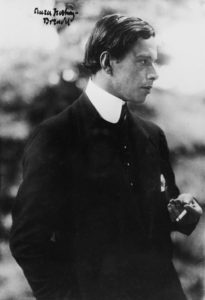
Entered the Higher Technical School in Munich
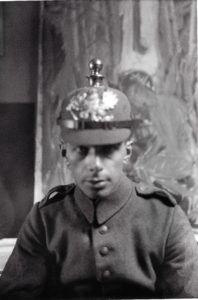
“Bridge”
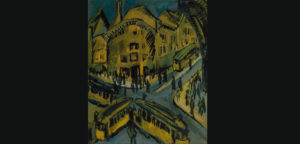
Worked with M. Pechstein in Goppeln near Dresden
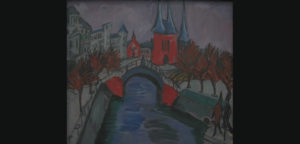
He moved to Berlin
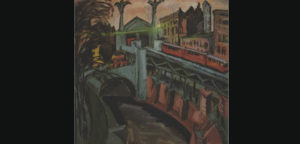
Kirchner left the group
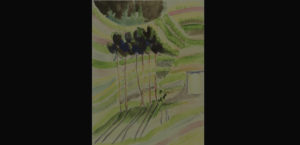
Participated in an art exhibition in Cologne
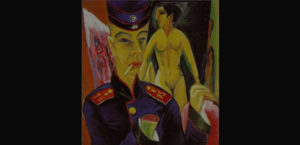
Moved to Switzerland
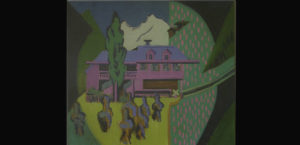
Started co-working with Lisa Guyer
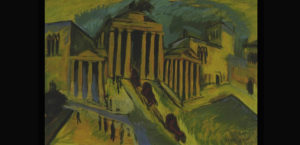
Became a member of the Prussian Academy of Arts
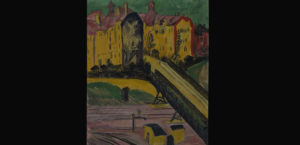
639 works of the artist, ranked among the "degenerate art"
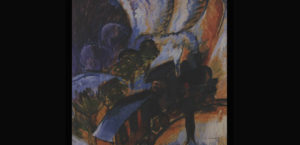
The master committed suicide
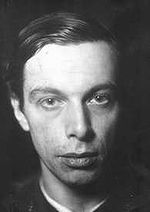
Ernst Kirchner
On Artist
flow
Post-Impressionism
Fauvism
friends
Fritz Bleil
Karl Schmidt-Rottluf
artists
Edward Munch
Henri Matisse
Vincent Van Gogh
Lucas Cranach the Elder
Matthias Grunewald
Albrecht Durer
By Artist
flow
Abstract expressionism
friends
Otto Muller
Erich Heckel
artists
Jackson Pollock
Mark Rothko
Jörg Immendorf
